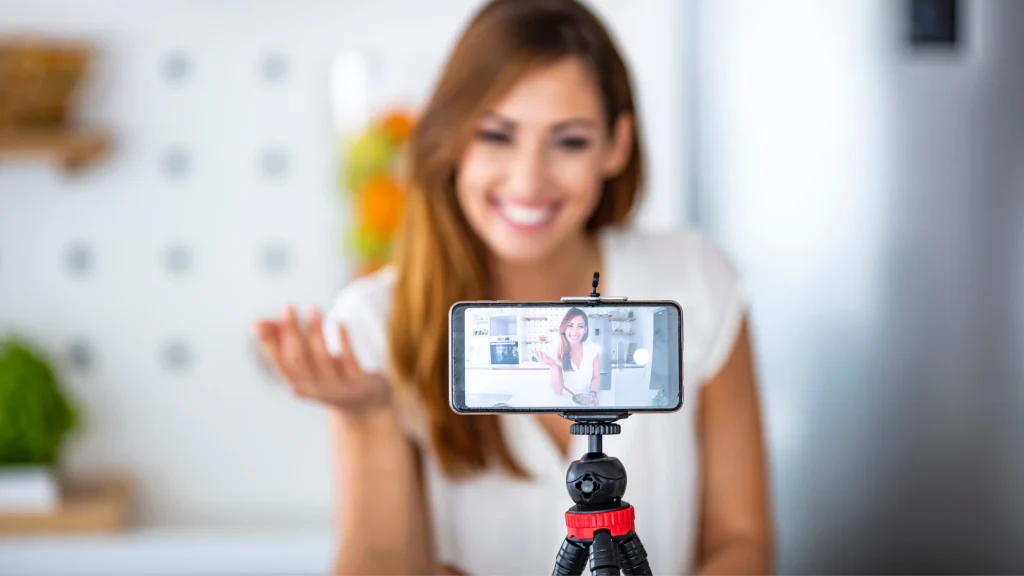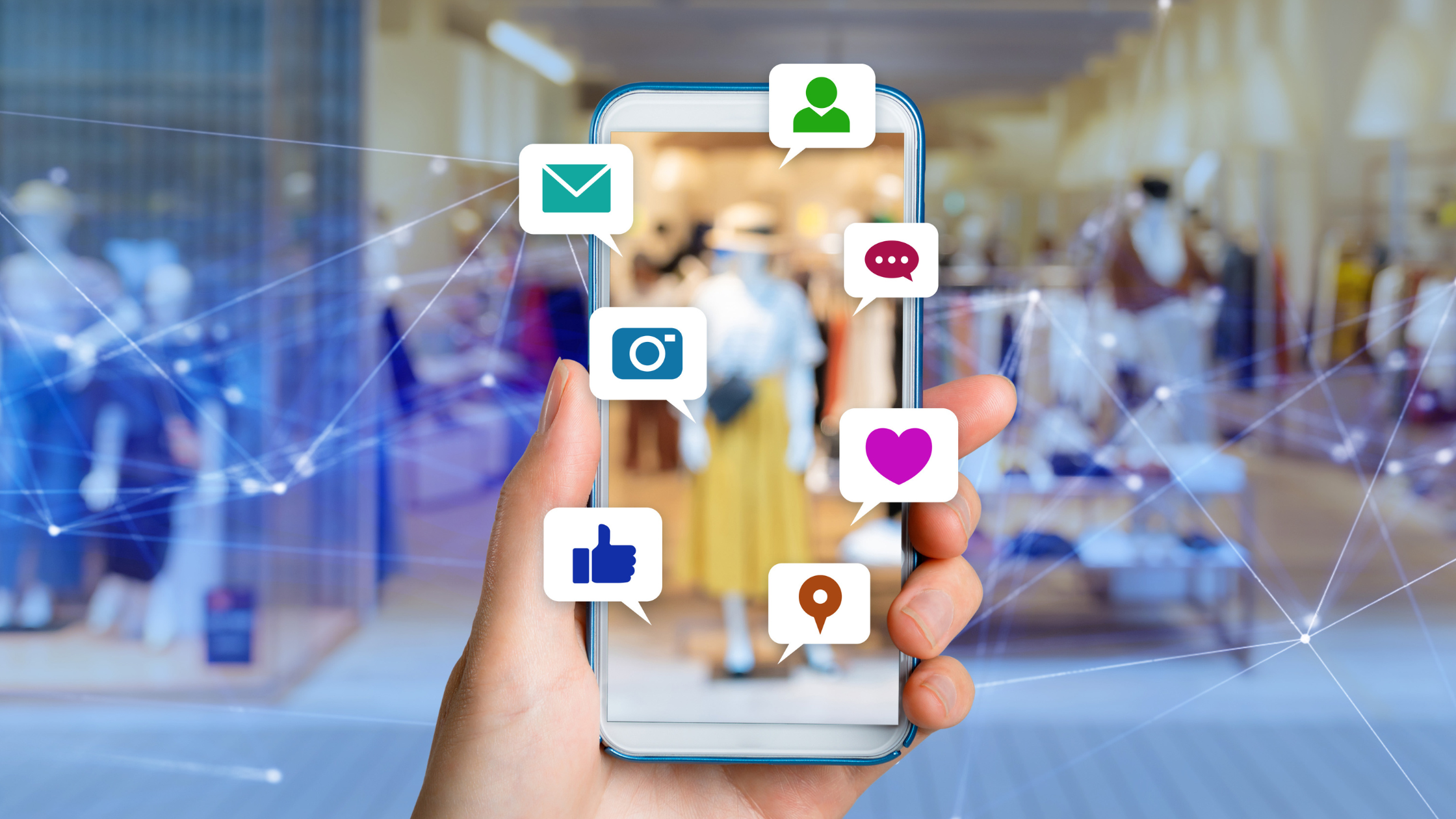If you’re running a big brand, chances are, your marketing efforts are an attempt to battle numerous competitors in a cluttered market, trying to connect with a target audience with low attention spans, building brand loyalty and driving high business growth. However, there are some common mistakes that can hinder the effectiveness of your marketing campaigns. So, read on as we explore the most prevalent mistakes made by big brands and how you can overcome them.
Lack of Personalisation

One significant mistake big brands make is failing to personalise their marketing efforts. Generic messages and a one-size-fits-all approach can lead to disengagement and a lack of connection with the target audience.
Example:
If you’re a loyal reader of a lifestyle magazine but only read their fashion-related content, receiving emails about generic content through the website can make you feel like a mailer is more of spam rather than a suggestion of new content to check out. That means the magazine is going to see not just decreased open rates and website traffic, but end up with less loyal readers, who will eventually find a more dedicated or personal experience.
Solution:
Big brands should leverage customer data and segmentation to deliver personalised experiences. By analysing customer behaviour, preferences, and purchase history, brands can tailor their marketing messages, offers, and recommendations to specific customer segments. If you have a Shopify store, then you can leverage the data at your fingertips to give your customers a tailored experience and foster a deeper connection with them.
Poor Integration of Marketing Channels

Another common mistake is the failure to integrate marketing channels effectively. Inconsistent messaging and disconnected customer experiences across different channels can create confusion and dilute the brand’s impact.
Example:
A fashion brand runs a social media campaign promoting a limited-time sale on their latest collection. Customers are enticed to visit the website to explore the discounted products. However, upon visiting the website, customers can’t find any mention of the sale or the discounted items. Furthermore, they send out email newsletters to their subscribers, featuring new product releases and exclusive offers but when customers click on the links in the email, they’re redirected to a generic landing page on the website, rather than a dedicated page showcasing the promoted products. This inconsistency in the customer journey results in a disjointed experience, reducing customer engagement and conversions.
Solution:
Big brands should adopt an omni-channel marketing approach, ensuring a seamless and cohesive brand experience across all touch-points. By integrating messaging, design elements, and offers consistently across channels such as TV, social media, email, and websites, brands can reinforce their brand identity and deliver a unified message to customers. It’s also important to use tools like Zapier that can connect the tools you use—like the entire Google suite of software, social media platforms, CRM software and even Shopify—to streamline your processes. The Blue Marble even uses Zapier to ensure digital collectibles can be automatically sent from over 5000 applications, allowing a brand to add collectibles to their existing workflows with ease.
Overlooking Influencer Marketing

Influencer marketing is a powerful strategy for big brands to reach their target audience authentically. Audiences tend to believe in people more than institutions and faceless brands, which helps ensure your communication is being met with some interest. However, some brands make the mistake of overlooking influencers, assuming it’s an unnecessary expenditure, or that all influencers are the same. And this can cost you reaching new audiences that have a vested interest in the person sending out your message.
Example:
A well-known beauty brand launches a new product without leveraging the potential of influencer collaborations. As a result, they miss out on the opportunity to leverage the trust and credibility that influencers have built with their audience, and have to spend money on ads that will always carry the touch of being from a faceless company instead.
Solution:
Big brands should identify influencers who align with their brand values and target audience. Take Kylie Cosmetics, for example: every new product launch will happen alongside collaborating with influencers by having them unbox new products on social media.
Ignoring New Digital Technology

In today’s fast-paced digital landscape, technological advancements have opened up new possibilities for marketing innovation. However, some big brands make the mistake of being resistant to change or ignoring emerging digital trends, missing out on valuable opportunities to upgrade their marketing efforts.
Example:
Nintendo, one of the biggest video game creators in the world, relies on more traditional advertising methods while Atari has begun investing in using digital collectibles like NFTs (Non-Fungible Tokens) to engage their customers in unique and immersive ways, resulting in growth and sales.
Solution:
Big brands should stay informed about emerging digital technologies and explore how they can be integrated seamlessly into their marketing strategies. Digital collectibles like NFTs provide a unique opportunity to create limited-edition digital assets that can be used as promotional tools, rewards for customer loyalty, or as a means to offer exclusive access to experiences. That doesn’t mean diving into using them without doing some basic preparation and homework first, but it doesn’t mean sticking to only what you know.
Our Conclusion?
In a world that’s changing rapidly, it’s easy to be wary of all the new ways one can market themselves, or to assume everything can be done through a quick Google Search or use of an AI tool. However, for a marketing campaign to result in crucial growth for your brand, you need to address strategy carefully and avoid these common mistakes.
Constant adaptation and innovation are key. So, if you’re a big brand who’s got half of this list nailed down but is still struggling with positioning yourself for success in capturing the attention and loyalty of customers with new technology like digital collectibles, then it’s time to reach out to an expert to not just understand what you can do, but how you can seamlessly do it as a part of an integrated marketing campaign.
So, what are you waiting for?



